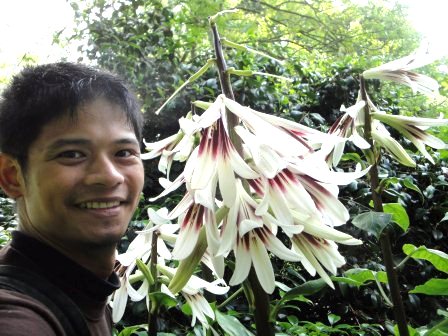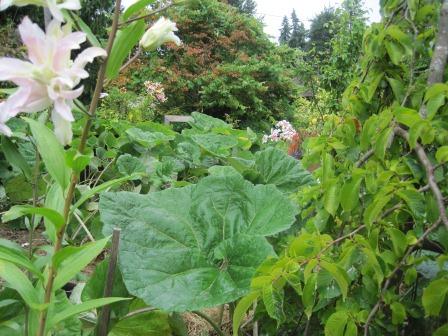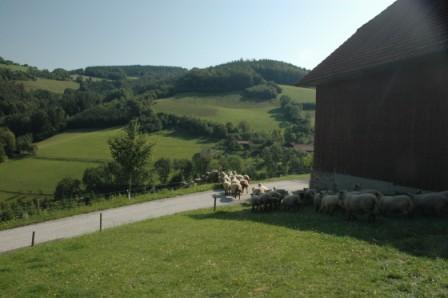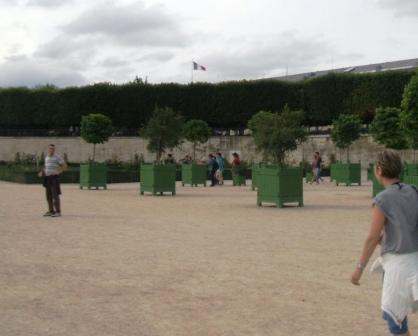Forgive my tardy posting – I spent yesterday traveling from Indianapolis back to Seattle. I was in Indianapolis for the Garden Writers Association annual meeting and gave a talk on “evidence based garden information.” It was encouraging to see how many garden writers DO want reliable sources of good gardening science. And I got to meet Joseph Tychonievich, a frequent commenter on this blog and a PhD student at Michigan State.
Anyway, on to this week’s podcast. The theme is “Garden Hocus Pocus” which just opens the door for so many topics! I settled on opening with the ancient Greek Doctrine of Signatures and how it’s being used today. Then I discuss the function of plant alkaloids a bit, since they have historical use in magic and witchcraft. And the myth of the week is quite similar to the talk I gave at GWA – specifically, how to separate the science from the snake oil.
My interview this week is with plantsman Riz Reyes, who works at the UW Center for Urban Horticulture and collects plants and has a landscaping business and blogs….and he’s not even 30 yet! My daughter Charlotte came along and took some great photos of Riz’s garden. (Thanks, Riz, for identifying all the plants here!)

Riz with Cardiocrinum giganteum var. yunnanense at Kew Gardens

Dahlia ‘Weston Spanish Dancer’

Left to Right: Lilium ‘Miss Lucy’, Petasites x hybridus, and Ulmus glabra ‘Camperdownii’

Lilium ‘Magic Star’

Dahlia ‘Bishop of York’

Linda interviewing Riz out of the rain
Please let me know what you think of the podcast; you can email me directly or post a comment on the blog. Suggestions for future podcasts are most welcome!







 Decks…
Decks… …cleverly disguise pump system…
…cleverly disguise pump system… …and filter system
…and filter system Seasonal guests
Seasonal guests Permanent residents (the little orange guys in water)
Permanent residents (the little orange guys in water)





 Lacia and Dalli (the goat who thinks she’s a lap dog)
Lacia and Dalli (the goat who thinks she’s a lap dog) The goats make short work of most garden and yard waste
The goats make short work of most garden and yard waste My podcasting producer Tina makes some new friends
My podcasting producer Tina makes some new friends Chickens are part of the system, too. They eat bugs from the used goat bedding.
Chickens are part of the system, too. They eat bugs from the used goat bedding. Lacia setting up the milking station
Lacia setting up the milking station


 Bee fountain
Bee fountain Bee heaven – nectar and lots of water
Bee heaven – nectar and lots of water Corky opens the hive
Corky opens the hive Bees and honey!
Bees and honey! Art and the garden
Art and the garden